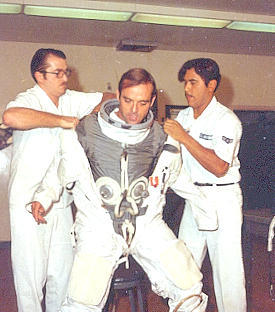There was a joke years ago about a small plane pilot in Nebraska who got trapped in a terrible blizzard, with incredible winds. Finally, he knew he was going to die, so he slowed up and settled down, luckily finding a lee place with no winds. He shut it off and went to sleep until the sun came out. Then, he realized he had landed in a farmer’s silo.
The latest report on the commercial air liner a few years ago which disappeared on a flight to France was the sensors got iced up, thus stalled, and the captain, when he got back in the cockpit ordered NOSE UP, not down, and that sucker settled into the ocean and killed everyone. The captain only got an hour or two sleep the night before, partying.
As far as having an armed soldier guarding the parking slot for the stealth fighter, many years ago when one of them was being tested, the model plane makers wanted data so they could make the model. The smart-alecky officer in charge let them take a photo of the parking place. They noted debris from rain where the tires were parked, and got a lot of data on plane size and configuration. (I worked on black boxes for the B-1 and B-2.)
Triedaq, I remember my Political Science teacher in the Community College in the 70’s, he often commented about moving from puberty to adultery.
Some years ago, my brother used to go to Osh-kosh. There was a landing strip which required them to come in slow, then make a 90 degree turn close to the ground. Almost every year someone augured it in. He and I had a major argument. I said with that many crashes, they needed to change the lay-out. He stubbornly insisted no matter how many people died, it was still a case of bad piloting, no change needed.
I was in Crash Rescue in 1965 at Gray Air base, Ft. Lewis, WA. Our old barracks were off the side of the north end of the air base. We had one day on; one day off; duty. When we got off, first thing we took a nap. One day, they brought in a C5-A to see if they could get it back up again on a short strip. They parked that sucker back off the grass, and ran it up hard before letting off the brakes. Usually, we slept through take-offs, but with all those motors spooled up hard, we all came out of our bunks at the same time.
